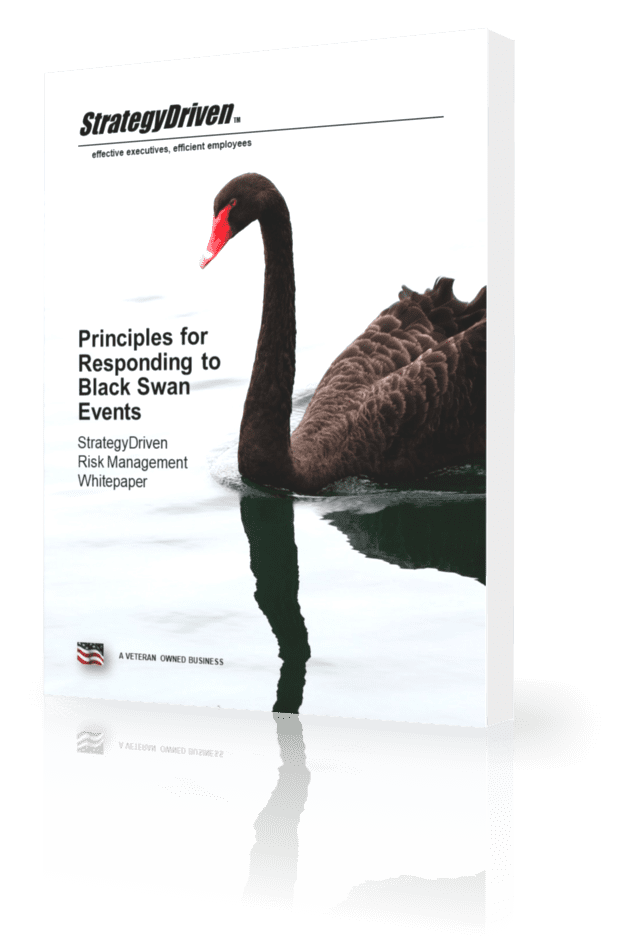7 Tips How Investing Can Help You Secure a Better Future

Building wealth is a marathon, not a sprint. A farsighted investor will multiply wealth by a far greater multiple than an investor that seeks a quick buck.
Successful investors often follow some common rules. Their disciplined approach to investing underpins their growth and helps them consistently build wealth, year after year.
Think about any ace investor—Warren Buffet, Carl Icahn, Jesse Livermore, George Soros, Peter Lynch—all share some common traits. They’re patient, disciplined, and shrewd investors who pack their emotions in a suitcase before stepping into the office.
7 Investing tips to secure your future financially
Investing is not solely about building wealth, it’s also about protecting wealth and securing the future.
Investing a large chunk of wealth in high-risk assets without investing in an insurance policy that provides adequate coverage is unwise. Similarly, investing wealth in high-risk assets without setting up a retirement fund is a terrible strategy.
There is a certain hierarchy that investors must follow to safeguard their current wealth and future cash flows. Let’s discuss several tips that can help investors build colossal wealth over a longer time frame, and shield that wealth against potential catastrophes.
1. Buy insurance
Unforeseen events are so named for a reason. They don’t knock on the door; they just happen one day out of the blue. This makes it imperative for any individual to buy insurance before investing money in any asset class.
Consider insurance an entry ticket to investments. Let’s assume a young, passionate investor has learned about cryptocurrency and is keen on investing in Tether. The investor thinks USDT is the next big thing and will rise in the near future.
The investor certainly has done a lot of homework—USDT indeed seems to be doing well. However, if the investor were to buy USDT before investing in health insurance during a pandemic, one can imagine the degree of risk the investor is assuming.
Insurance is a cost-effective way to tackle mishaps such as a medical emergency or the demise of the family’s breadwinner. It helps safeguard an investor’s wealth, family, and future financial goals.
A common mistake people make is thinking of insurance as an investment. You don’t need to pay a massive premium for a unit-linked insurance policy. Instead, choose a term plan that offers a large cover at significantly lower premiums.
2. Put retirement before all else
The cost of living is rising by the day. For an individual to maintain the same lifestyle post-retirement, they must beat inflation and ensure that they don’t outlive their savings.
Retirement savings are an essential part of any portfolio. They aren’t as boring as some investors assume them to be. While they may not offer double-digit returns, they certainly come with a higher rate of return than a basic savings account.
Investing in a pension plan could be one of the best decisions of an investor’s life, though they may realize this only after retiring.
Increased life expectancy and inflation can push your retirement cost up. Investors must always ensure these costs have been adequately provided for before moving on to more growth-oriented investments.
3. Take stock of your net worth and risk appetite
Now, let’s talk about the more exciting stuff—risky investments.
Markets reward risk-takers. That’s page 1 of Finance 101—higher the risk, higher the return.
However, not everybody has a large appetite for risk. Before embarking on a long investment journey, investors must take cognizance of their net worth to establish a starting point. This helps make better decisions and set realistic goals. More importantly, it helps identify the investor’s risk appetite.
If you have enough wealth to fall back on, a job tenure, or ample monthly income, you may have a higher risk appetite. If your net worth is a humble figure or you’re on a fresher’s salary, your risk appetite may be low to moderate.
A large appetite for risk gives you the room to chase higher returns with risky asset classes like crypto or equity. Investors with low to moderate risk appetite are better off with fixed income securities but may take some equity exposure via index funds or mutual funds.
4. Don’t invest with a blindfold on, and always diversify
It’s fairly common for people to invest in something they don’t understand. It is absolutely critical to study the asset before putting money in, otherwise, it’s just gambling money away.
Investors study the features of a new smartphone inside out before making the purchase, and a similar approach must be taken for investments, and investment platforms like metatrader 4 apple mac os x, that are potentially worth far more than a smartphone.
If an investor doesn’t understand a product, they must either seek professional help or avoid investing altogether. However, not at the cost of diversification.
Imagine having a 100 percent equity portfolio during the 2008 financial crisis. It would have had the investor biting the dust. Some investors only invest in deposits, gold, or real-estate thinking they’re the safest investments. A concentrated portfolio, though, is a recipe for disaster.
For example, let’s compare the performance of an all-equity portfolio (Portfolio 1) vs. a portfolio with 60% equity, 30% long-term treasuries, and 10% gold (Portfolio 2):
Notice how the lack of diversification could have left the investor with close to $9,000 less.
If you don’t understand equities, invest in a mutual fund. If you don’t have enough capital for real estate, invest in a REIT. Always diversify!
5. Past returns and current price can lie, look for value
If only investing were that simple; investors could buy low, sell high, and go to sleep.
When investors see a price line turn green, their brain nudges them into believing that this asset is a worthy investment. Look at the line shoot up! Right?
Well, it depends. It’s important to understand that past returns are not an indicator of future performance, and price and value are two different concepts.
There are several methods of valuing each asset, and most are too complex or time-consuming for a small investor to spend time on. However, there are some simple methods, too. For example, instead of buying a stock just because its price tanked, look at its PE ratio to gauge the stock’s value.
Often, when a security’s price falls, there’s a good reason behind it. Remember, markets are efficient.
Chase value instead of price. Buy undervalued securities, and sooner or later, the price will likely adjust to reflect the real value—though there are no guarantees!
6. Embolden yourself to cut losses
To err is human. Small investors lose more money by holding bad investments than not picking good ones.
Emotion has a strong influence on an investor’s decision. It’s difficult for investors to accept that they have a rotten apple in their portfolio. Their reluctance to sell stems from aversion to loss, and can even prompt some investors to accumulate more of the rotten asset to average out the cost.
Loss aversion is natural, but being mindful can help. Holding low-yield insurance policies, underperforming stocks, and poorly managed mutual funds can drag the overall return of a portfolio to the ground. Instead, take charge and pull this money out.
Investing this money in an index fund instead will at least leave investors with something rather than just a dull asset skewing the entire portfolio’s performance.
7. Rejig your investments after special events
It’s always prudent to scan your portfolio at a healthy frequency. Quarterly is a good starting point, but the more frequently it is checked, the better. Apart from these periodic assessments, a portfolio must be assessed after a life-altering event as well.
- Marriage: A new life comes with new goals. Expenses will rise, risk appetite will shift, and the net investible amount will rise if the spouse generates income. Investors must look at the spouse’s portfolio and their own to rejig both of them, and make future investment decisions accordingly.
- A baby: A new family member means new responsibilities and added expenses. The arrival of a baby will introduce a new set of goals to invest towards, bring an additional payment towards life insurance premiums, and perhaps require a larger emergency fund.
- Promotion: Promotions come with a pay raise, which means a larger surplus to invest each month. The best way to allocate an increase in monthly surplus is to increase the investments in all assets in the current portfolio in the same proportion.
There may be other events that warrant a rejig. It’s always good to have a professional take care of this for investors who lack the time or knowledge for a portfolio rejig.
Conclusion
Emotional control, discipline, and consistency are quintessential components of an investor’s toolkit. Investment is not a one-off task, but an ongoing process that requires following a set of self-imposed rules with diligence. The tips shared above will go a long way in helping an investor secure their future financially. Take calculated risks and be patient, because remember—it’s a marathon, not a sprint.













Leave a Reply
Want to join the discussion?Feel free to contribute!